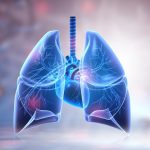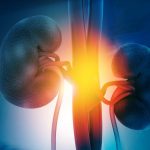
The collected evidence is in, and drinking about eight cups of water per day is, in fact, good for you. So says a University of California San Francisco team who crunched the data from 18 randomized controlled trials. “For such a ubiquitous and simple intervention, the evidence hasn’t been clear and the benefits were not well-established, so we wanted to take a closer look,” explained study senior author Dr. Benjamin Breyer, chair of the university’s Department of Urology. “To our knowledge, this is the first study assessing the benefits of water consumption on clinical outcomes broadly,” he said in a university news release. Breyer’s team published its findings Nov. 25 in JAMA Network Open. The best evidence that lots of water is good for you came from studies citing its power to prevent kidney stones, and to also help folks lose weight. If you’ve had a kidney stone, drinking eight cups of water each day can help prevent a recurrence, the evidence showed. Drinking six or more cups of water per day also seemed to help adults shed excess pounds, studies showed, although eight cups per day didn’t help teens lose weight. Headaches seemed to ease in frequency if adults upped their water intake, and other trials found that lots of water could help prevent migraines and urinary tract infections. Having about four cups… read on > read on >











-150x150.jpg)





-150x150.jpeg)
